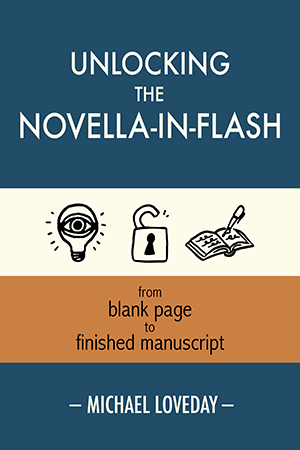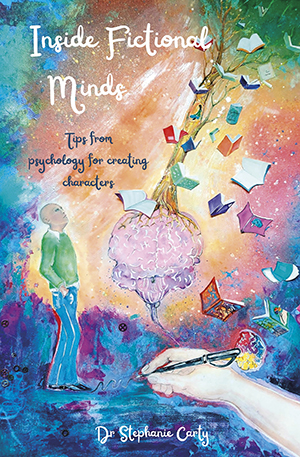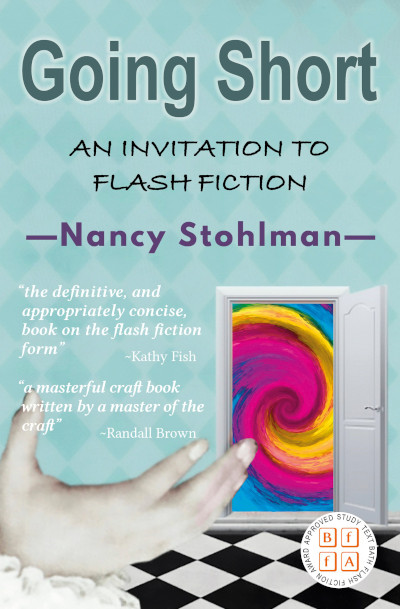 With the sub-title “from blank page to finished manuscript”, this is very much the printed equivalent of taking a focused MA on the topic of the novella. It’s laid out beautifully clearly into modules, with delicious, restorative snacks in the form of exemplary flash fiction nuggets to nibble on along the way.
With the sub-title “from blank page to finished manuscript”, this is very much the printed equivalent of taking a focused MA on the topic of the novella. It’s laid out beautifully clearly into modules, with delicious, restorative snacks in the form of exemplary flash fiction nuggets to nibble on along the way.
Author, editor and creative coach Michael Loveday explains that his book is an assortment of suggestions to help you find out what works for you in the area of novella-in-flash. In this way, it seems intended to be used less as a map than a tourist guide of hotspots you can choose to visit and enjoy.
Even if you would usually bypass the Prologue, you ought not to this once, as in Loveday’s hands it becomes almost like a ‘meet and greet’ at the start of a tour. “This craft guide isn’t seeking to set out fixed rules for how every novella-in-flash should be written,” he writes. “So much remarkable writing deliberately breaks the boundaries of common practice. Instead, (it) is intended as a springboard, a source of ideas and options.”


